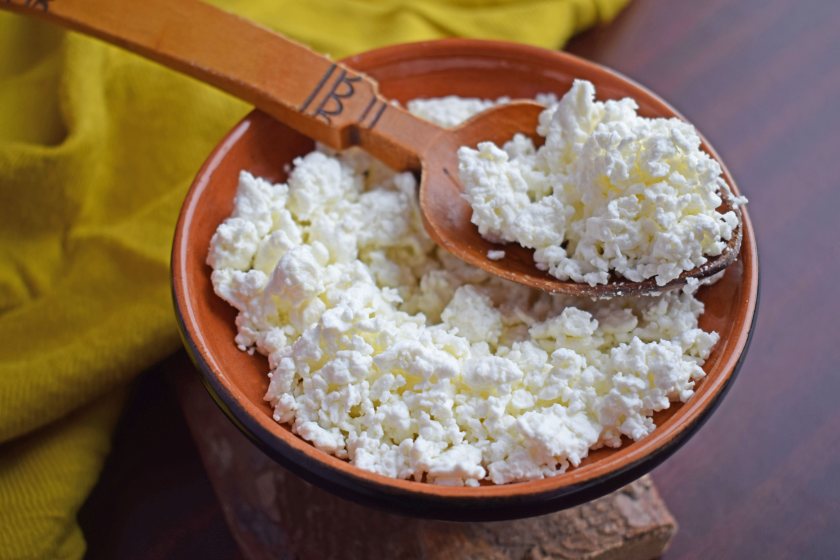
British consumers are turning away from ultra-processed foods and towards dairy products that are high in protein, naturally fermented, and minimally altered.
Over the past year, the dairy sector recorded modest value growth of 2.0%, despite a small dip in volume sales of 0.5%, according to new insights from AHDB.
While headline volumes are down, certain segments are bucking the trend, driven by evolving consumer priorities.
Interest in gut health, the pursuit of protein-rich foods, and rising scepticism about ultra-processed foods (UPFs) are shaping purchasing decisions, the levy board says.
Social media continues to amplify these behaviours, helping products like cottage cheese, kefir yoghurt, and whole milk gain traction.
Once considered old-fashioned, cottage cheese has experienced a striking comeback. According to NIQ data, the category saw a 26.2% year-on-year increase in value and an even greater 29.4% rise in volume.
“Cottage cheese is gaining share within the cow cheese category now accounting for 4.3% of volume sales,” notes Elisya Zain, AHDB’s consumer insight analyst.
She attributes this growth not only to health consciousness but also to cottage cheese’s versatility in social media-driven trends such as meal prepping.
Plain cottage cheese is especially appealing for those prioritising protein: full-fat varieties provide 9.4g per 100g, and reduced-fat options offer 10.6g.
As of December 2024, over a quarter of shoppers reported actively trying to boost their protein intake, with more planning to follow suit throughout 2025.
“Protein content is gradually becoming a leading factor when making food choices, making it essential to highlight the naturally high protein levels in dairy products,” Zain adds.
Kefir, a fermented milk drink known for its probiotic benefits, remains a smaller part of the yoghurt segment but has seen outsized growth. Value rose by 37.1% year-on-year, with volume not far behind at 34.7%.
This surge aligns with growing consumer awareness of digestive health, particularly during breakfast, where 75% of shoppers say they find gut-friendly options appealing.
Natural fermentation and probiotic content give kefir an edge as people move away from products with long ingredient lists or artificial additives.
“Gut health is becoming a major focus for consumers, especially breakfast eaters, making it important to spotlight natural digestive benefits in dairy products and promote them in breakfast occasions,” Zain explains.
In an environment increasingly wary of UPFs, whole milk is holding its own. The category experienced a 2.9% rise in volume over the past year, now accounting for 31% of cow’s milk sales.
Zain points out that simplicity is a major draw: “Emphasising the natural nutritional content and simplicity of dairy products is key to align with the demand for natural products.”
Research from Mintel supports this, revealing that 63% of consumers choose cow’s milk because it is seen as more natural and less processed. Whole milk’s single-ingredient status continues to resonate with those seeking cleaner labels.
Social platforms are also playing a central role in fuelling these dairy trends, particularly among younger consumers, according to AHDB.
From high-protein meal ideas to gut-friendly morning routines, social media has helped elevate traditionally modest products into modern must-haves.
“Social media is a major driver of health trends, presenting a valuable opportunity to raise awareness, influence consumer perceptions and generate demand, especially for younger consumers,” says Zain.
